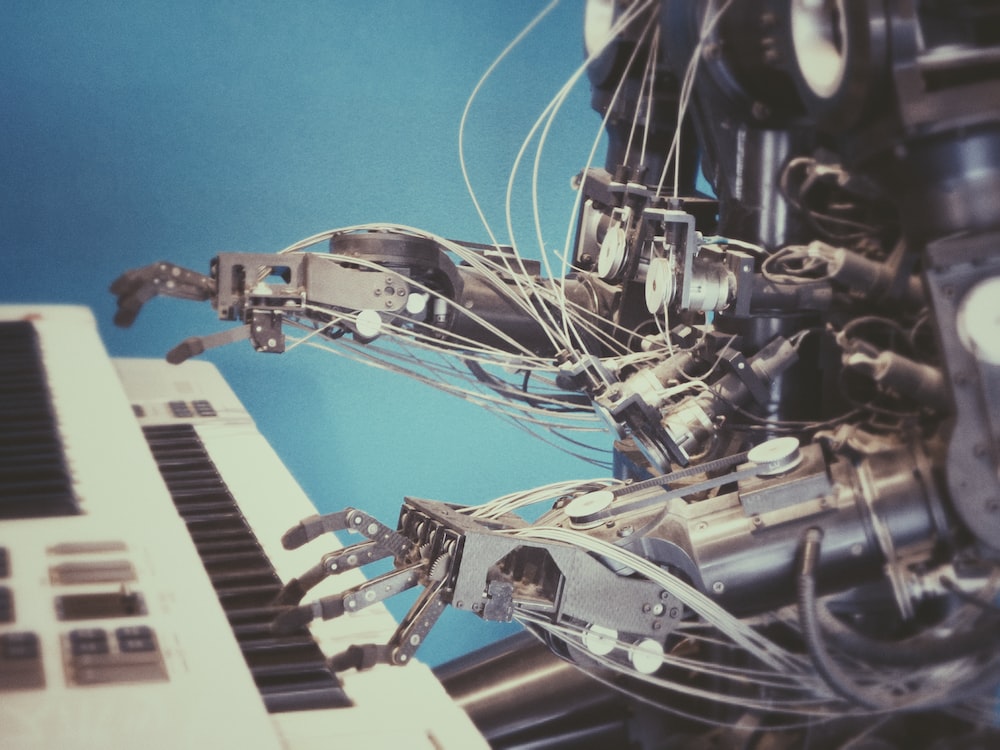Generative Adversarial Networks (GANs) in AI Explained
Generative Adversarial Networks (GANs) have emerged as one of the most exciting developments in the field of artificial intelligence (AI) in recent years. GANs have revolutionized the way we generate and understand realistic data, ranging from images and videos to music and text. In this article, we delve into the technical aspects of GANs, assuming a basic familiarity with the topic, and explore the underlying concepts, architectures, and training procedures that make GANs such a powerful tool in AI research and application.
Understanding the Basic Concept

At its core, a GAN consists of two competing neural networks: the generator and the discriminator. The generator is responsible for creating synthetic data samples, while the discriminator aims to distinguish between the generated samples and real data. Through an iterative process, the generator learns to produce increasingly realistic outputs by fooling the discriminator, which in turn becomes more adept at distinguishing real from fake data. This adversarial interplay leads to the emergence of high-quality synthetic data that closely resemble the real data distribution.
GAN Architectures
Various GAN architectures have been proposed to address different data generation tasks. One of the earliest and most widely used GAN architectures is the Deep Convolutional GAN (DCGAN). DCGAN employs deep convolutional neural networks to capture spatial dependencies and generate high-resolution images. Other notable architectures include Conditional GANs (CGANs), which enable control over the generated data by conditioning the generator on the additional input information, and Progressive GANs, which progressively generate higher-resolution images by growing the network in stages.
Training GANs

Training GANs can be a challenging task, often requiring careful tuning of hyperparameters and sophisticated training techniques. The most commonly used training algorithm for GANs is called minimax optimization, where the generator and discriminator play a game of minimizing and maximizing a loss function, respectively. Common loss functions used in GANs include the adversarial loss, which encourages the generator to produce realistic samples, and the reconstruction loss, which penalizes the difference between the generated samples and the real data.
Applications of GANs

GANs have found applications in numerous domains, including image synthesis, image-to-image translation, style transfer, text generation, and even drug discovery. GANs have been used to generate realistic human faces, produce artwork, transform images from one domain to another (e.g., turning a horse into a zebra), and generate text that mimics human writing. GANs also hold promise in data augmentation, where they can generate synthetic data to supplement limited training datasets, and in privacy-preserving techniques, allowing the generation of realistic data without compromising privacy.
Future Directions and Challenges
While GANs have achieved remarkable success, there are still challenges to overcome. Some of these challenges include mode collapse, where the generator fails to capture the entire data distribution, and instability during training. Researchers are actively exploring novel GAN architectures, loss functions, and regularization techniques to address these issues. Additionally, ethical considerations and the potential misuse of GAN-generated content pose important questions that need to be carefully addressed as GAN technology continues to advance.
Conclusion
Generative Adversarial Networks (GANs) represent a powerful framework for generating realistic data across various domains. Their adversarial nature and neural network architectures enable the creation of highly convincing synthetic data, pushing the boundaries of what AI can achieve. As researchers continue to refine GAN architectures, improve training techniques, and explore new applications, the potential impact of GANs on society is immense. By understanding the technical workings of GANs, we can appreciate their capabilities and contribute to their further development and responsible use in the field of artificial intelligence.



